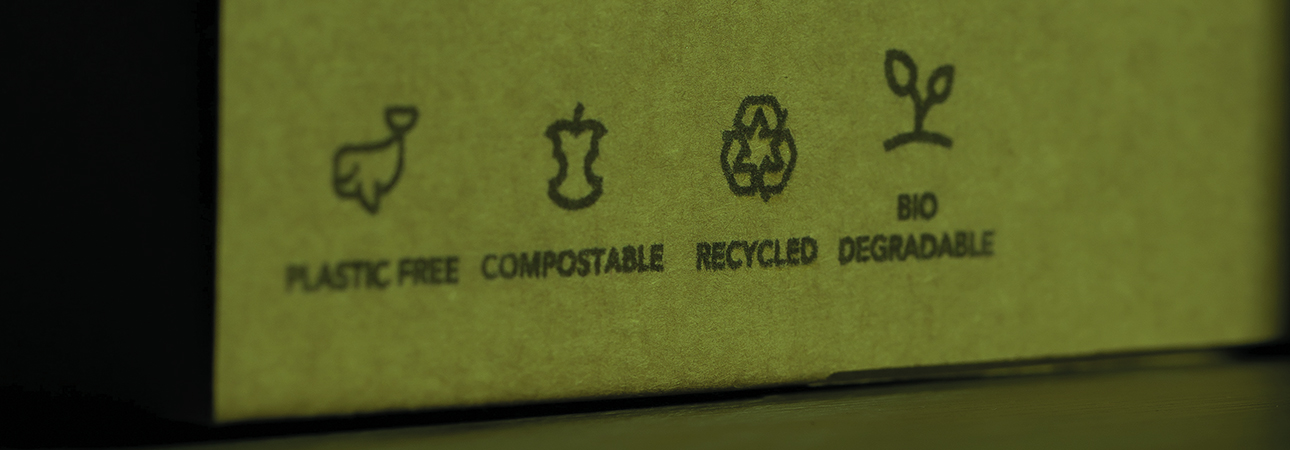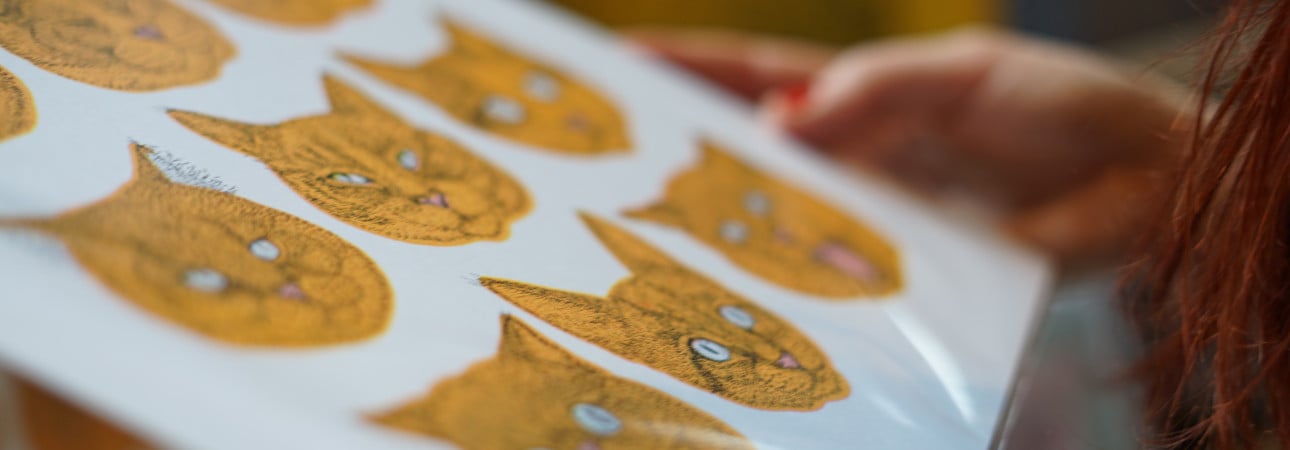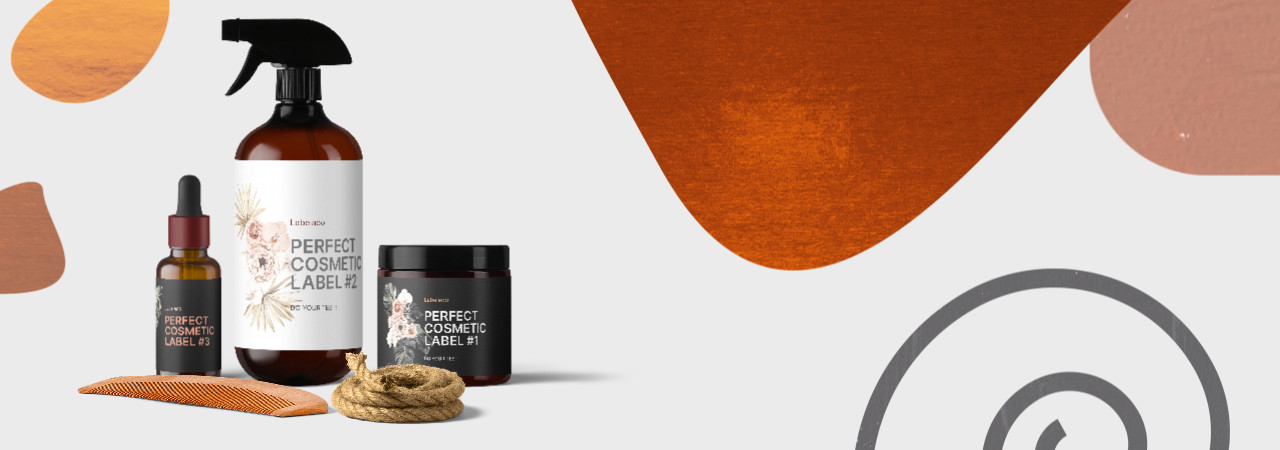Did you like the article? Share it!
Greenwashing sucks: what is greenwashing?

Ever heard of greenwashing? You have probably been fed lies by many companies that wave the flag of sustainability, or so they say.
Today being “green” seems on the lips of every spokesman, marketer and business executive, but are all of their companies telling the truth or is it just a mere marketing effort because they know that customers want a greener world?
What is Greenwashing?
" Greenwashing" is the term used to describe this type of deception that companies use to depict themselves as sustainable. The deception lies in the fact that it is just a mere marketing effort, and the resources that should be used to make actual products and services are instead spent to attract new customers by proclaiming that the product is green and sustainable.
The "Paper Bottle"
A clear example could be "Paper Bottle" released a few years ago. The company had produced a plastic bottle but covered externally by a layer of paper. From the outside it looked like a paper bottle, but inside the plastic was present, even if it was hidden from the eye of the consumer.
Only by being aware of how paper reacts to liquids and all those oily products, as well as creams, could one understand that there was something suspicious in that package. Only materials such as plastic could preserve the content of that bottle. Once someone published an image of the open cut bottle, revealing its content, the web world stormed the company. The same, she argued that it was only a "Paper Bottle" brand, and that they had never confirmed that it was 100% made of sustainable recycled paper.
The company defended itself, saying that it was just a brand name “Paper Bottle”, they never stated that it was 100% made from sustainable recycled paper.
Greenwashing can also be harder to spot; most companies usually state on the packaging the added value of their product or its containers like “20% fewer sugars” and “made from 30% recycled plastics”.
Regarding the last one, unfortunately, the truth, especially for products that are moulded, is the fact that 30% recycled plastic comes from the waste of the mould itself, which is then re-melted and moulded again. This gives a false depiction of using plastic coming from actual waste.
The UPM Raflatac e the "Forest Film"
What is the solution to all of this? I confirm that it is not all black and white. Many companies are actually putting the effort to be sustainable! Take the example of our paper and plastic material supplier UPM Raflatac, a Finnish producer of materials for sustainable packaging and labelling.
I always like to cite from them the Forest Film, which is a material produced from an organic waste coming from the paper production from pine trees, which is their resing. Resin can be cured and turned into a polymer and can then be used to create clear films.
This company also have “gas stations” where citizens in Finland can fuel their car with a sustainable biofuel made from the same resin of the pine trees!
Next





